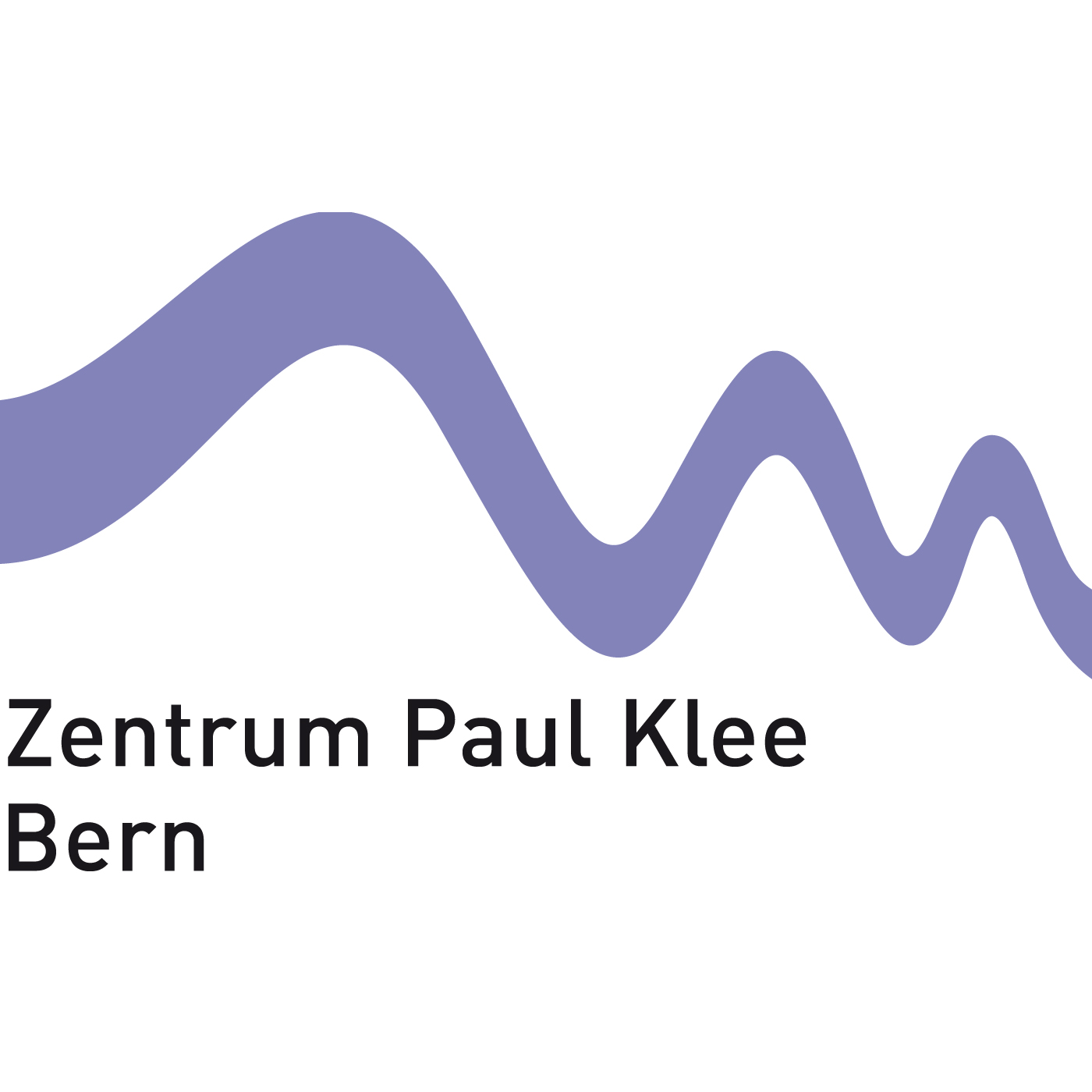Paul Klee - Hungry Girl, 1939
Description
You would not want to meet Paul Klee’s "hungry girl" from 1939 in a dark alley at night. It shows a girl as a tooth-baring beast with glaring eyes. Nothing remains of a human being, let alone a sweet little girl. Its whole appearance is animal-like, even down to the little lines that Klee uses for the depiction of the pupils. Particularly in his late work Klee devoted himself extensively to everything human. He was especially interested in the very different characteristics, desires and instincts from childhood to old age. In this representation, for example, Klee is not showing an unusually ugly girl. The girl only becomes an ugly, animal creature because she is hungry. Nothing can calm the girl except the satisfaction of that desire. Klee is giving expression to the hidden psyche.He painted this picture in his favourite technique from the last years of his work: coloured paste. He produced his own paste and mixed it with pigment. In the "hungry girl" Klee uses only a small amount of pigment. As a result the paint remains transparent to a certain extent, and fine blisters are produced, which are still visible today. He restricts himself to the colours blue, red, green and black, applied flatly in strong brushstrokes. The under-drawing remains visible through the transparency of the paint. At some points in the lower part of the painting and teeth, Klee uses the white of the paper as a compositional device. It is clearly apparent that in the finished version Klee did not stick completely to the model of the under-drawing. Another pair of eyes and nostrils on the left are clearly visible next to the finished left eye. Beside the right eye an ear has also been drawn, which Klee also abandons.
More Episodes
At the time around 1919, after his experiences in the 1st World War and his first successes in the art market, Paul Klee took up the theme of personal awareness and self-reflection in numerous self-portraits. The best known of these is the pencil drawing «Absorbtion». Klee’s theme here was less...
Published 03/17/17
The doll with purple ribbons appears strange. The androgynous mixed being seems to float in space as though directed by an invisible hand. For the first time in Klees work a humanlike figure is shown as a marionette, a motive which in his later work gained great importance. The doll behaves...
Published 03/17/17
Like Picasso, Klee was also seeking for simple, modern means of expression. But unlike Picasso, who was impressed by the magical charm of «primitive» sculpture, Klee discovered the original sources of art in his own childrens drawings. Initially he approached a reduction of form cautiously. In...
Published 03/17/17


